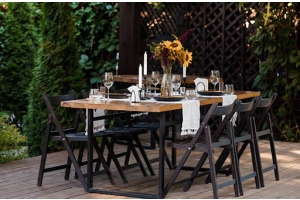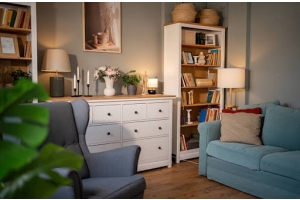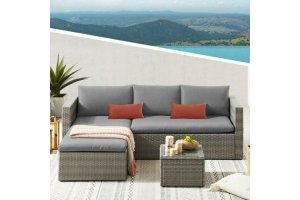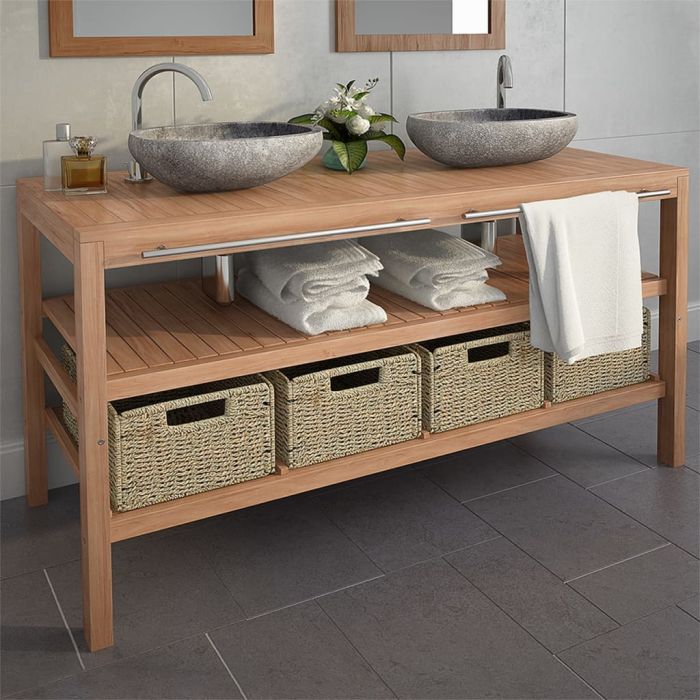
When it comes to designing or renovating your bathroom, selecting the perfect vanity unit is a decision that marries functionality with style. A bathroom vanity unit combines a sink or basin with storage, making it a practical and aesthetic focal point. Here's a comprehensive guide to help you navigate through the myriad options available and choose the ideal vanity unit for your space.
What is a Bathroom Vanity Unit?

A bathroom vanity unit integrates a sink or basin with storage cabinets, providing a convenient place to store toiletries, towels, and other bathroom essentials. Available in various sizes and styles, these units are designed to fit different bathroom layouts and personal preferences.
Exploring Different Materials
The choice of materials for your vanity unit significantly impacts its durability, maintenance requirements, and overall aesthetic appeal:
- Wood: Bathroom vanity units crafted from wood, such as oak or walnut, offer a timeless and elegant look. Wood adds warmth to the bathroom but requires regular maintenance to prevent water damage and warping.
- MDF (Medium Density Fiberboard): An economical option, MDF can be finished with laminates or paints to achieve various styles. It's durable when properly sealed but may not withstand moisture, and it is solid wood.
- Glass: Modern and sleek glass vanity units create an illusion of space and are easy to clean. However, they can show watermarks and fingerprints more prominently.
- Metal: Stainless steel or aluminium vanity units provide a contemporary appearance and excellent durability. They are resistant to moisture but may scratch easily.
- Acrylic: Lightweight and affordable, acrylic units are resistant to moisture and stains. They come in various colours and can mimic more expensive materials.
Compact Vanity Designs for Bathroom

Designing a compact vanity for a small bathroom requires thoughtful planning to maximise both functionality and space efficiency. Here are several ideas and tips for creating a compact vanity design:
- Wall-Mounted Vanity: Opt for a wall-mounted vanity to free up floor space and create a more open feel in the bathroom. Wall-mounted vanities typically have a sleek, modern look and can be installed at a height that suits your needs.
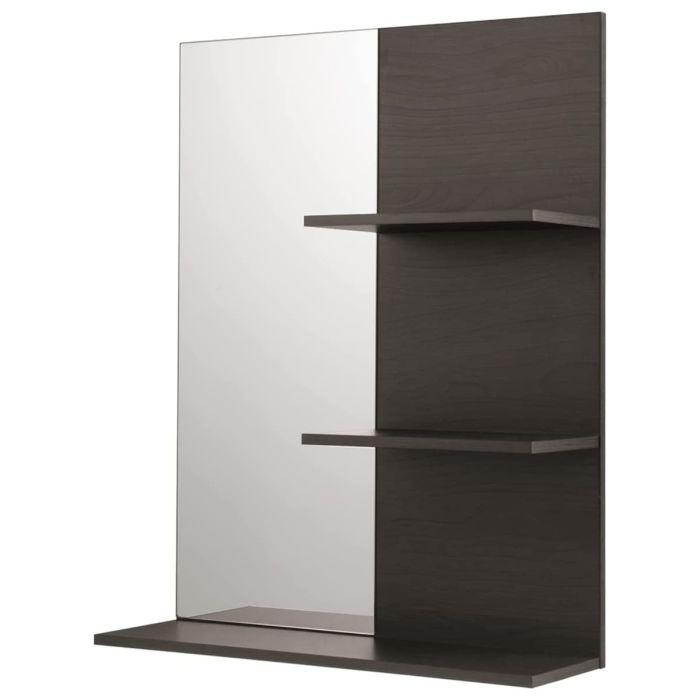
- Floating Shelves with Basin: Instead of a traditional vanity cabinet, consider installing floating shelves beneath a wall-mounted basin. This minimalist approach not only saves space but also allows for easy access to storage bins or baskets placed on the shelves.
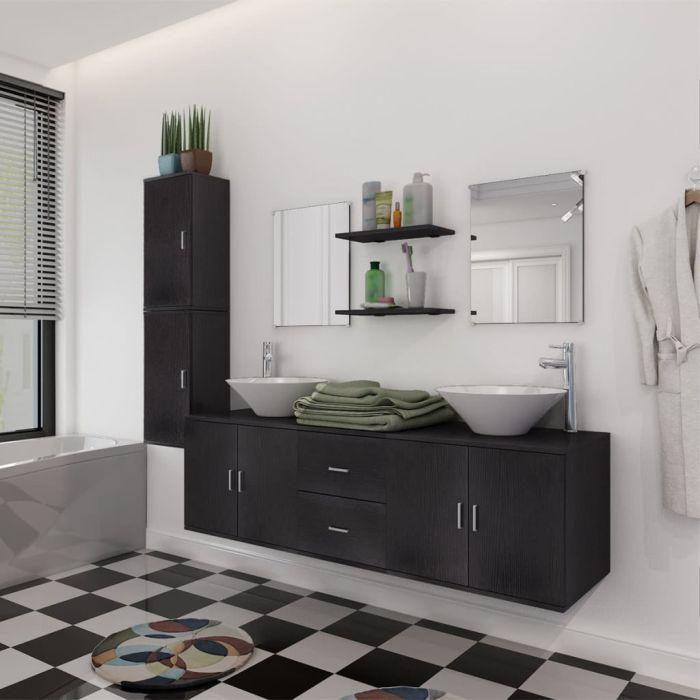
- Corner Vanity: Utilise the corner of your bathroom by installing a corner vanity unit. These units are designed to fit snugly into corners, making efficient use of often-underutilised space. Look for models that offer a triangular or curved design to maximise storage and countertop space.
- Pedestal Sink with Storage: If you prefer a pedestal sink for its sleek profile, enhance storage by adding a small cabinet or shelving unit adjacent to the sink. Choose slimline designs that complement the pedestal without overwhelming the space.
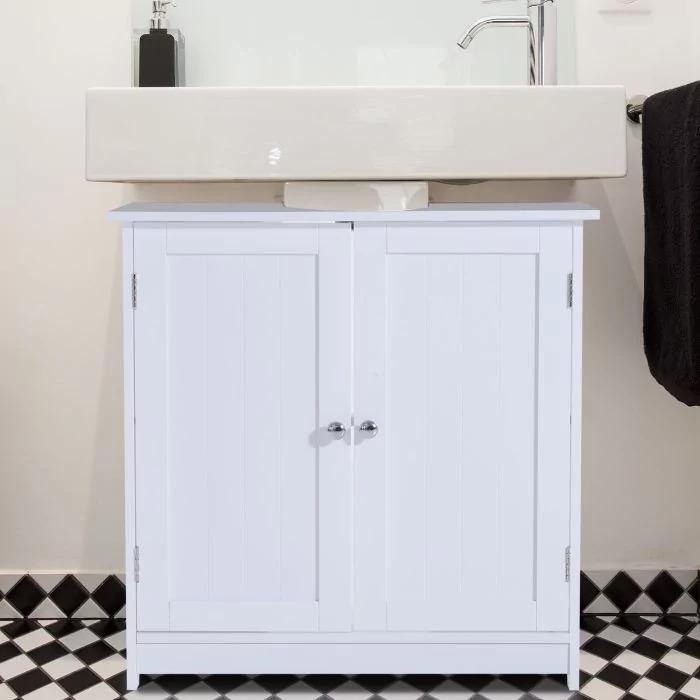
- Compact Vanity with Integrated Mirror: Look for compact vanity units that come with an integrated mirror or mirrored cabinet doors. Mirrors help create an illusion of space and reflect light, making the bathroom feel larger and brighter.
- Customised Built-In Storage: Consider custom-built cabinetry that fits snugly between walls or beneath a sloped ceiling. Custom solutions can be tailored to maximise every inch of available space, including recessed shelves or drawers.
- Open Shelving Units: Install open shelving units above the toilet or beside the vanity area to store towels, toiletries, and decorative items. Open shelves provide storage without enclosing the space, maintaining an airy atmosphere.
- Nested Vanity Drawers: Choose a vanity design with nested drawers that slide out to reveal additional storage compartments. Nested drawers are efficient for organising smaller items like cosmetics, hair tools, and toiletries.
- Multi-Functional Vanity: Select a vanity unit that serves multiple purposes, such as combining a sink with a countertop that can double as a workspace or vanity area. This versatility maximises functionality without sacrificing style.
- Slimline Vanity with Sliding Doors: Opt for a slimline vanity with sliding doors instead of traditional swinging doors. Sliding doors save space by not requiring extra clearance for opening and closing, which is ideal for tight bathroom layouts.
When designing a compact vanity for a small bathroom, prioritise functionality, storage solutions, and a design that complements the overall style of your space. With these ideas, you can create a practical and visually appealing vanity area that optimises the limited space available in small bathrooms.
Things to Consider While Purchasing Bathroom Vanity Units.

Choosing the right bathroom vanity unit involves considering several key factors to ensure it not only meets your aesthetic preferences but also fits seamlessly into your bathroom space. Here's a detailed look at what to consider when purchasing vanity units, illustrated with examples tailored to different types of bathrooms:
Size and Layout
In a small bathroom, space efficiency is crucial. Choose a compact vanity unit that maximises floor space while still offering adequate storage. For Example, A wall-hung vanity with a narrow profile and integrated storage, such as drawers or shelves, can optimise storage without overwhelming the limited space. For instance, a 24-inch wall-hung vanity with a built-in sink and one or two drawers underneath provides essential storage while keeping the floor area clear.
Style and Aesthetics
For a modern bathroom, look for sleek and minimalist designs that enhance the contemporary style. A floor-standing vanity unit with clean lines, handleless drawers, and a glossy finish complements a modern aesthetic. Consider a unit with a matte white or charcoal grey finish to create a stylish contrast against neutral tiles or walls.
Storage Requirements
In a bathroom used by multiple family members, ample storage for toiletries, towels, and cleaning supplies is essential. Choose a floor-standing vanity unit with multiple drawers and cabinets. Opt for soft-close drawers to prevent slamming and ensure durability. Look for a countertop with enough space to accommodate everyday essentials like toothbrush holders and soap dispensers.
Materials and Durability
Bathrooms are high-moisture environments, so select materials that are resistant to water damage and easy to clean. Consider a vanity unit made from moisture-resistant materials such as solid wood (e.g., teak or oak) or engineered wood with a waterproof finish. Alternatively, a wall-hung vanity made from durable materials like stainless steel or acrylic can withstand humidity and frequent cleaning.
Installation and Maintenance
Guest bathrooms should have vanity units that are easy to install and maintain. Choose a wall-hung vanity unit that simplifies cleaning underneath and around the unit. Look for units that come pre-assembled or with straightforward installation instructions to minimise installation time. Opt for materials that require minimal upkeep, such as laminate or acrylic surfaces that resist stains and are easy to wipe clean.
Budget and Value
Determine your budget and prioritise features that provide the best value for your investment.
Expect to spend between £150 to £250 for a floor-standing unit with a ceramic basin and simple chrome handles. Wall-mounted vanity units typically range from £200 to £700, depending on size and features like integrated LED lighting or mirrored cabinets. Freestanding units can cost anywhere from £200 for basic models to over £800 for designer or custom-built options with unique finishes. Corner vanity units, ideal for maximising space, generally range from £150 to £500, offering compact solutions with varying storage capacities and design features. Look for durable materials like MDF or PVC, which are water-resistant and easy to maintain. Consider shopping around to compare prices and find deals that fit your budget while ensuring the vanity unit complements your bathroom decor and meets your storage needs effectively for long-term satisfaction.
Always measure your space carefully before making a purchase, and consider consulting with a professional if you're unsure about which type of vanity unit best suits your needs.
Our Recommendations
For a balance of functionality and style, we recommend exploring versatile options like wall-hung vanity units for modern aesthetics and space-saving benefits. Opt for durable materials such as wood or MDF with water-resistant finishes to ensure longevity. Consider integrating storage solutions like drawers and shelves to keep your bathroom organised.
Ultimately, choosing the right vanity unit involves understanding your bathroom's layout, your personal style preferences, and the practical requirements for daily use. By carefully considering these factors, you can select a vanity unit that not only enhances the functionality of your bathroom but also adds a touch of elegance to your space.

